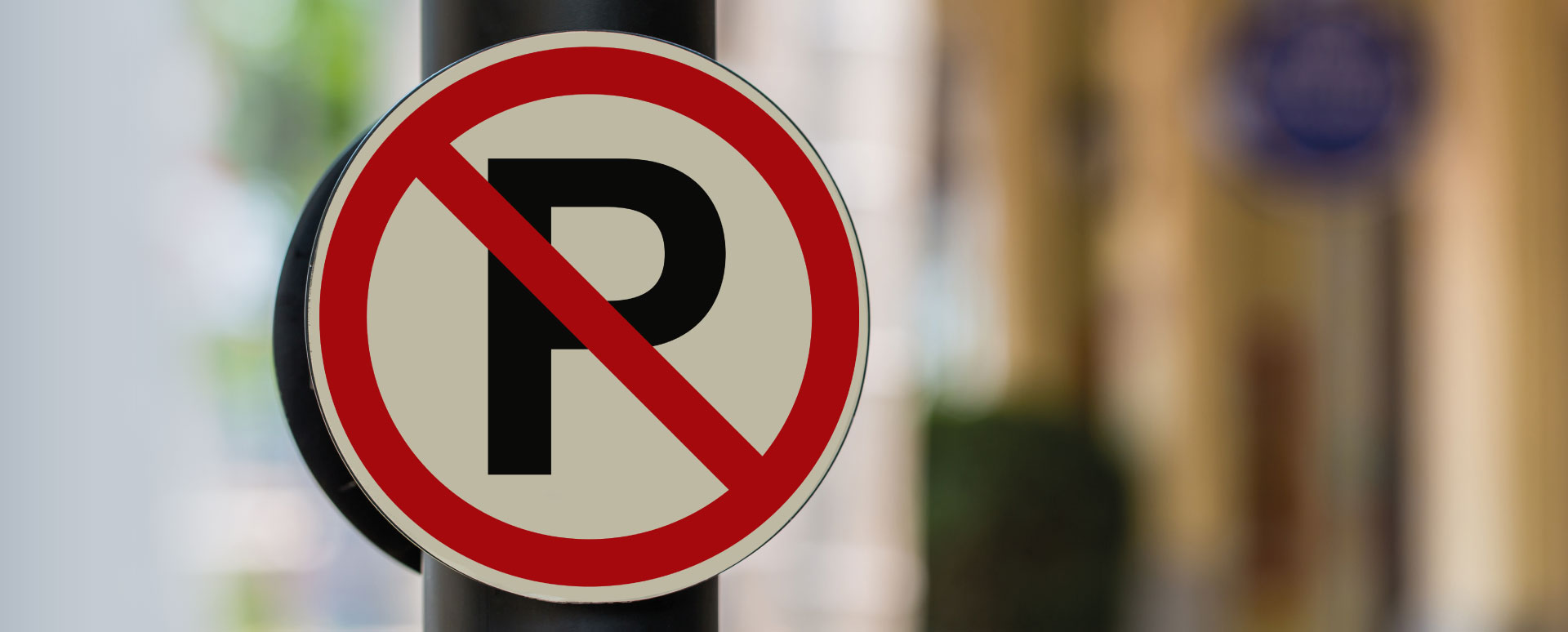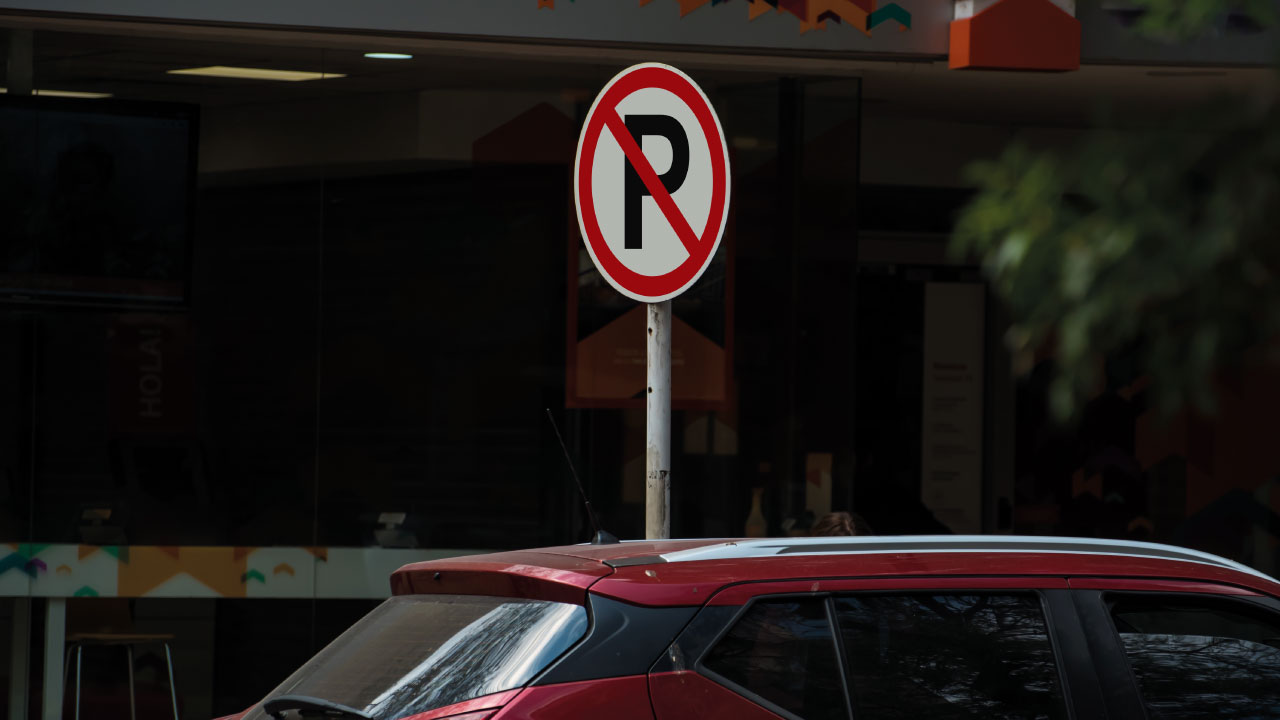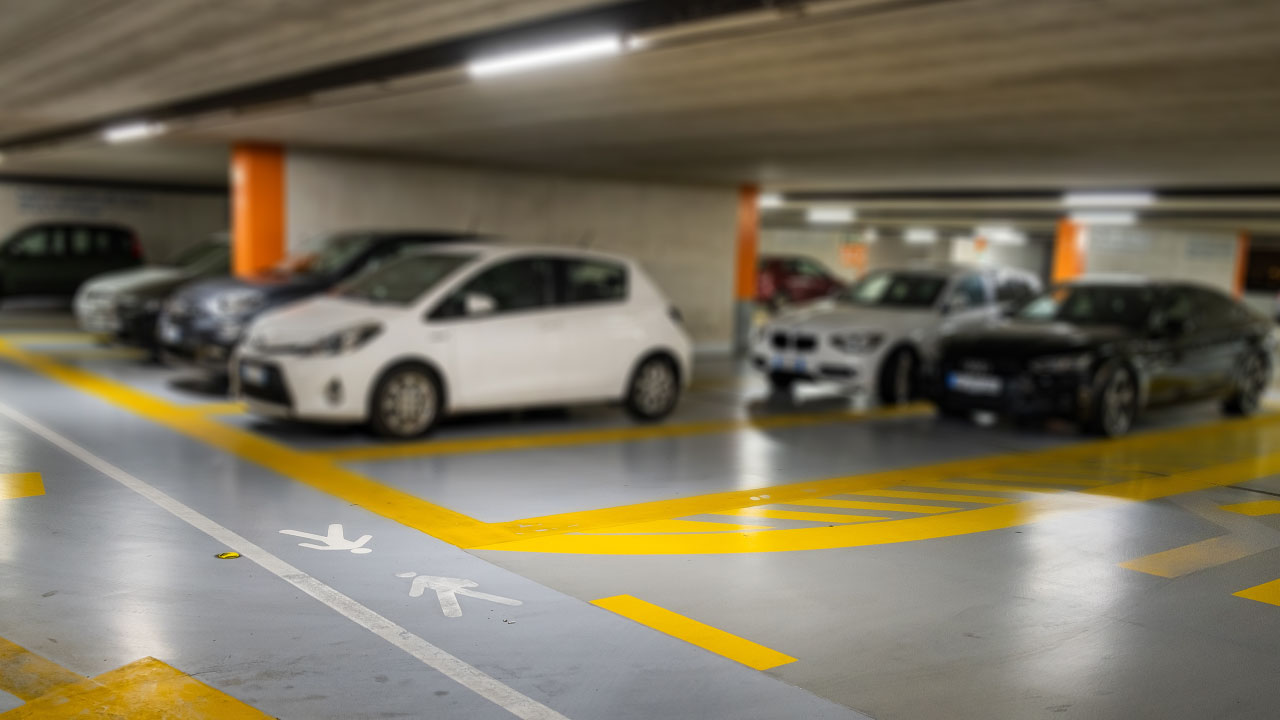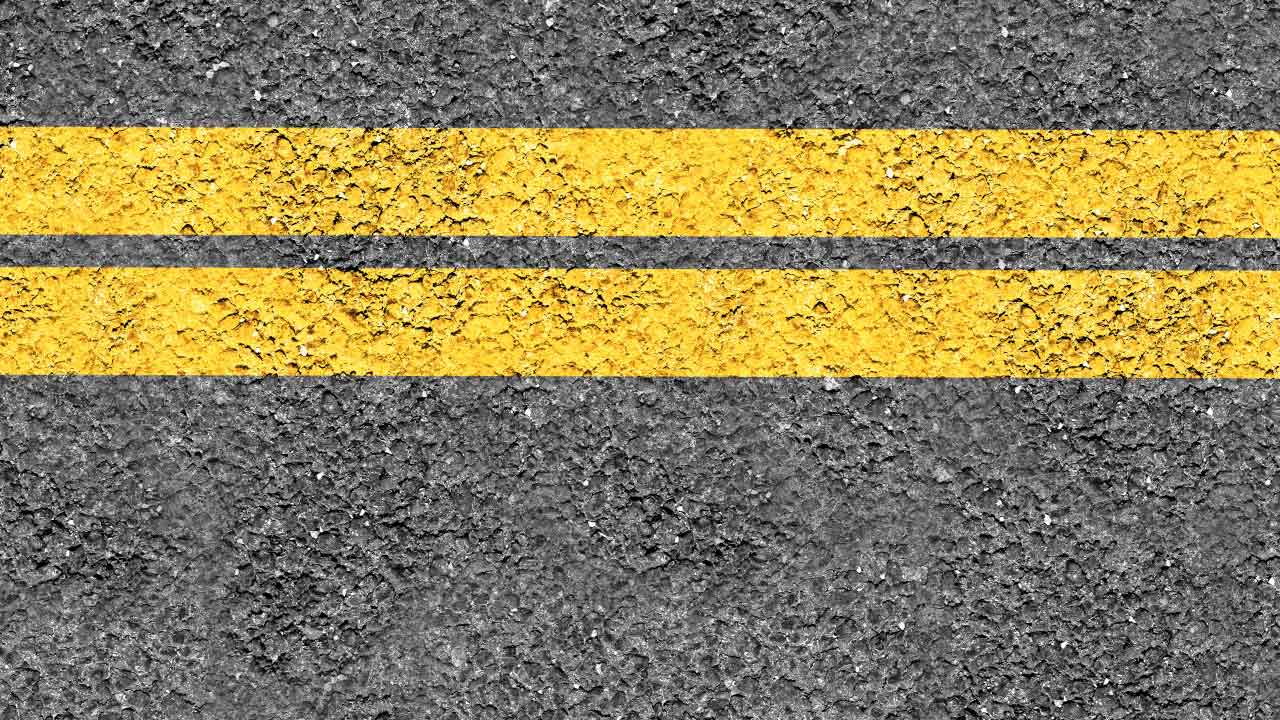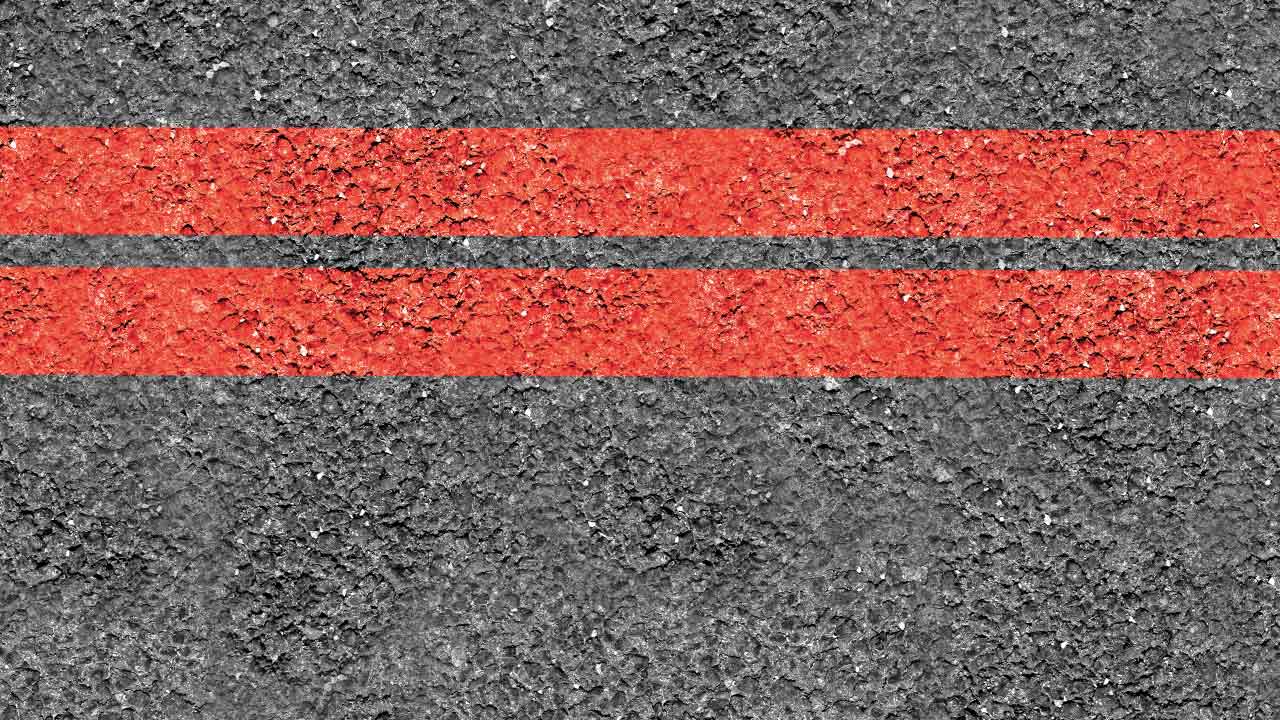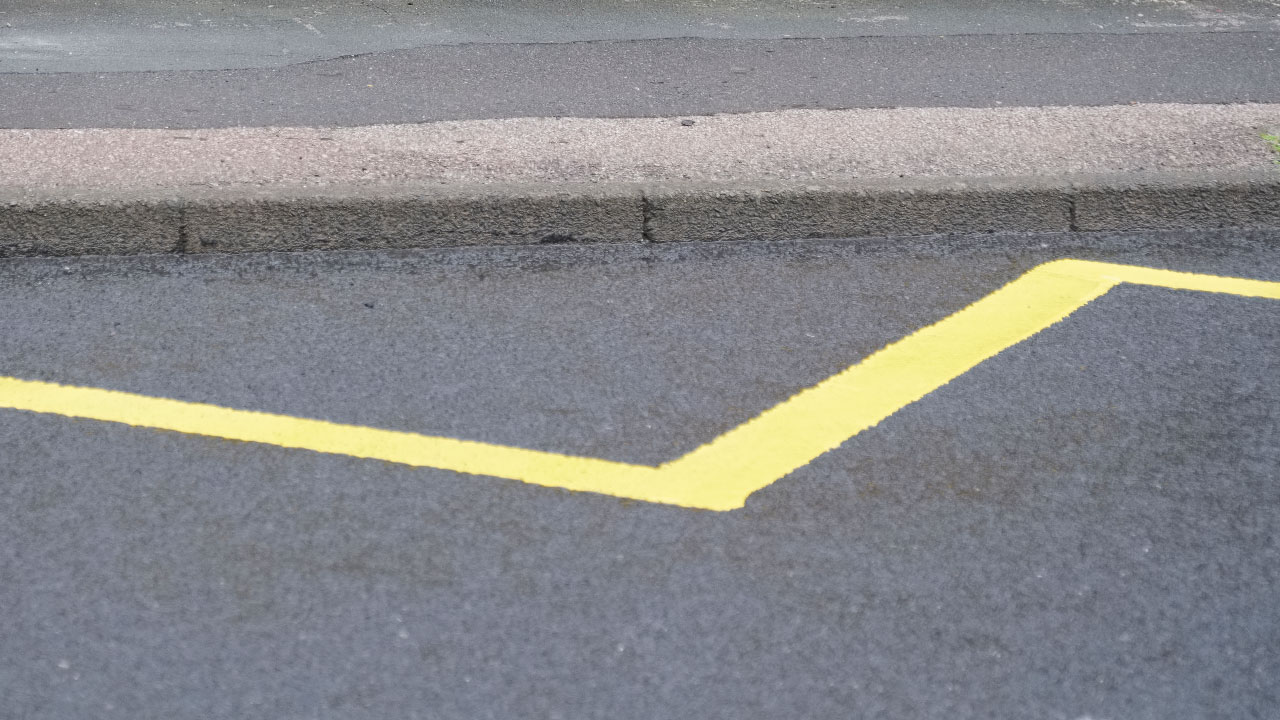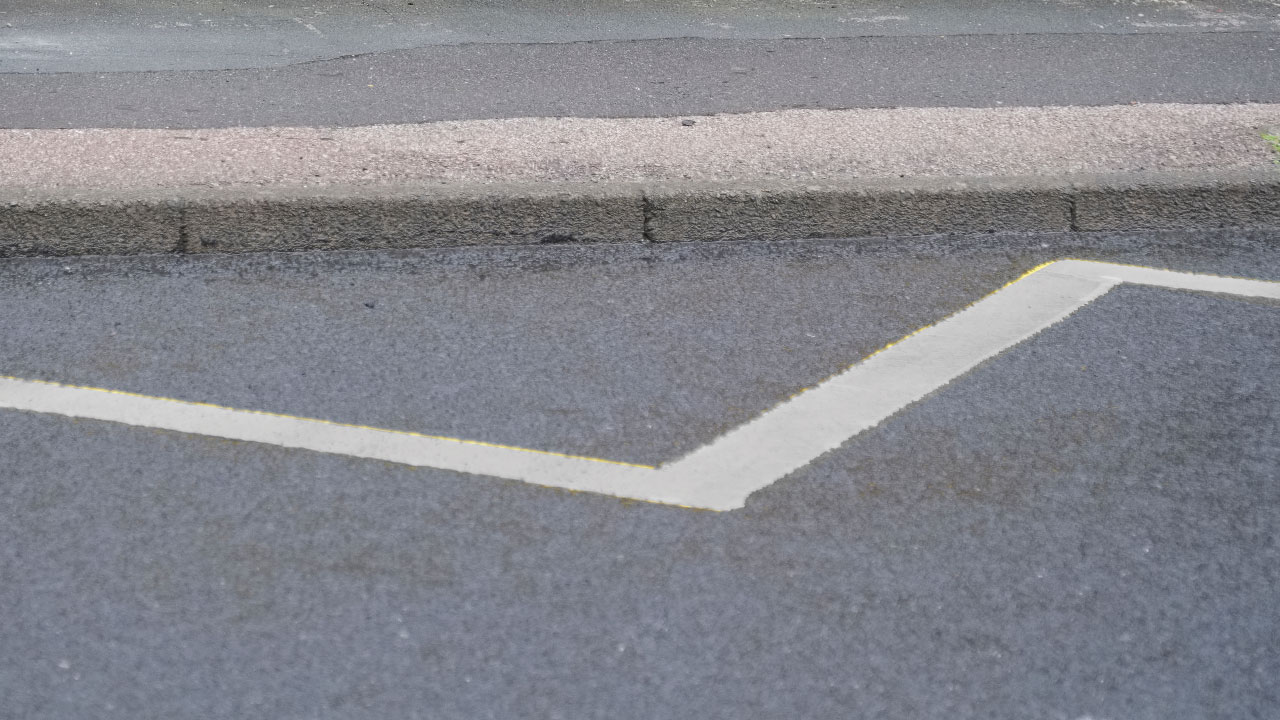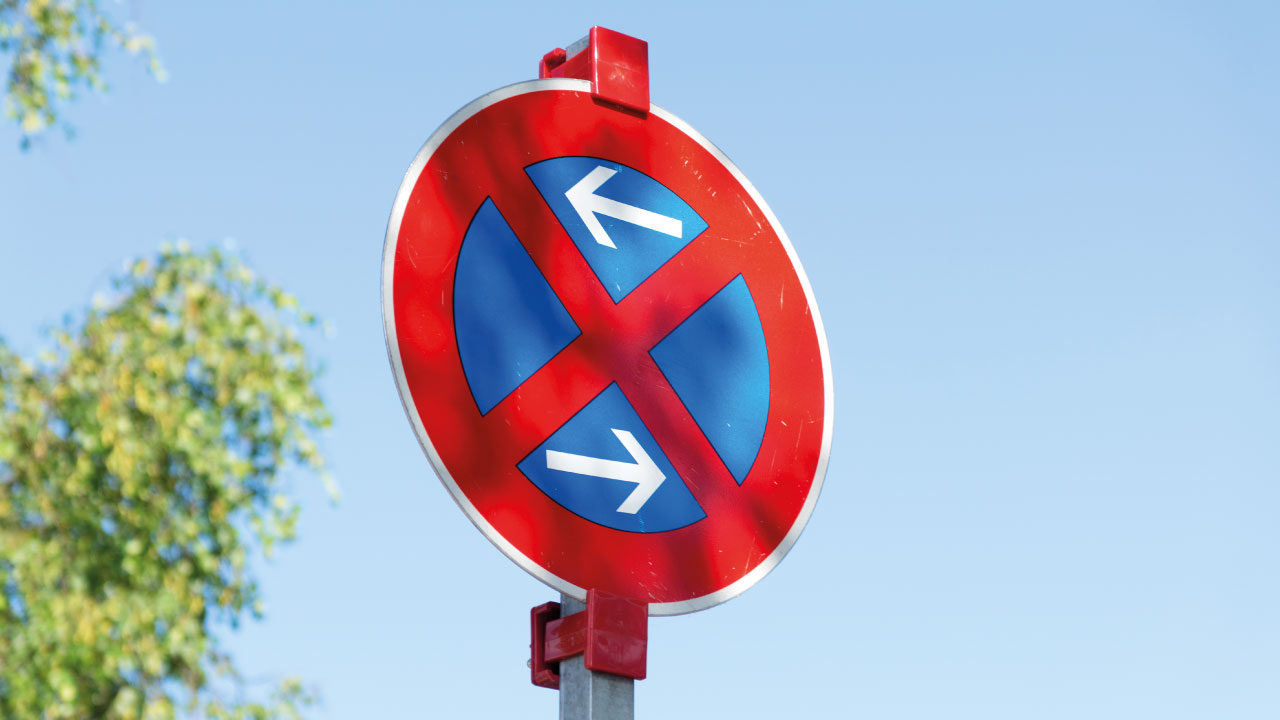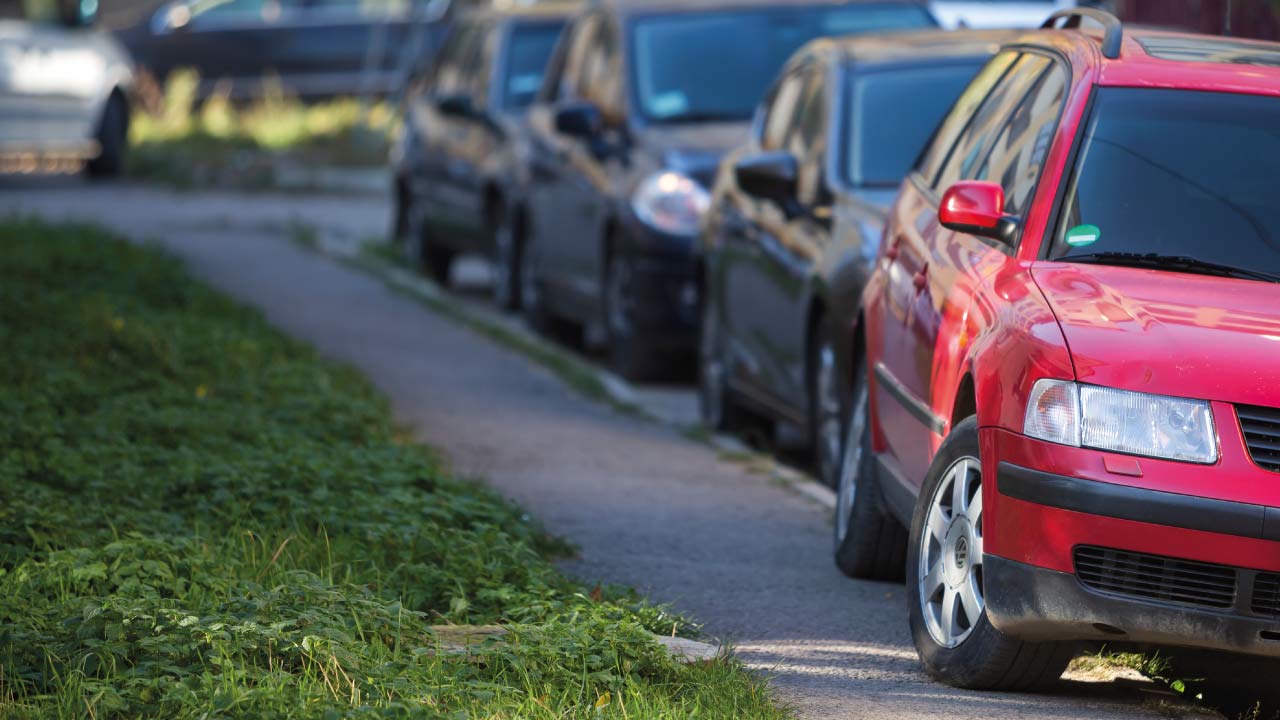On-street parking legislation explained
Remembering every single on-street parking rule can be hard, even if you already have a lot of experience under your belt. When you find a parking spot on that very busy road you may wonder whether it's too good to be true and what could be wrong with it.
This guide will walk you through on-street parking legislation so you can distinguish where you can and can’t park and avoid that unwanted parking ticket.
Content
General Parking Rules
The general rules for parking are quite straightforward, but there are a few solid rules you must remember when doing so. You should always try and park as close to the kerb as possible to avoid disturbing traffic, and always remember to have the hand brake on and make sure the engine is off.
The next rule is an important to keep in mind: the car should always be parked in the same direction as traffic so other motorists can see your car through the rear reflectors when it’s dark.
Where can and can’t you park?
If a car park if full or you find yourself in an area where there’s no other option but parking on the street, there will be some rules you’ll have to remember.
The list below will walk you through most of the rules you have to keep in mind in order to avoid being penalised.
Car park and parking bays
This is probably the most obvious parking spot you’ll find. They are designated parking bays marked by a white rectangle found mostly in car parks. Some car parks are free but some charge by the hour or daily.
If you’re unsure weather that car park is free or not, check for signs near by the entrance. If it’s not free, check the instructions on how much and where you can pay for the time you wish to use the spot and make sure you display the receipt if needed.
Another thing you should be aware of is the restrictions. Some parking bays may be restricted to permit holders only or marked as no park between certain times. Avoid breaking these rules because they could end up in parking ticket.
Double Yellow Lines
Double yellow lines mean that you’re not allowed to park and wait at any time, unless there are signs saying otherwise. The signs will state the restrictions and how long you’re allowed to park on the lines for.
Blue badge holders are exempt from this rule unless there’s a sign stating otherwise. If you hold the badge, you can park for up to three hours. Check that you’re not obstructing the passageway of other vehicles.
Even though parking on double yellow lines isn’t a criminal offence, it could result in a fine that ranges between £50 to £80. The fine is reduced by 50 percent if paid within the first 14 days of issuing. You won’t lose points on your license for this.
Single Yellow Lines
Single yellow lines painted on the road or kerb mean that you’re not allowed to park and wait, load or unload merchandise or passengers during the time period disclosed on the accompanying sign.
Blue badge holders are also exempt from this rule and can park for up to three hours, unless stated otherwise.
The fine for parking on a single yellow line is usually around £70 in most UK cities and up to £130 in London. This fine can also be reduced up to 50 percent if paid within the first 14 days of issuing.
Red Lines
Red lines are in place to emphasize the importance of not parking, waiting, loading and unloading whilst driving past them. If the yellow lines give out a yield message, red lines are a flat out 'forbidden'.
If you’re a blue badge holder or a taxi driver who’s collecting or depositing a passenger, you’re exempt from this rule. In some rare occasions, there will be specific areas designated for a short period parking allowance, so if you really need to park there, keep an eye out for the signs explaining the restrictions.
A red route parking fine averages from £100 to £130.
Yellow Zigzags
The yellow zigzag lines are used to show drivers where emergency services and schools are located. The reason why you’re not allowed to park on those lines is mainly because you may delay vehicles (such as ambulance, fire truck or police car) to get to or arrive from an emergency.
It’s important to keep in mind that even though school streets are also marked with zigzag lines you’re not allowed to park on them to drop your children off or pick them up. The lines are there to give drivers a warning that they’re driving in a sensitive area and should be careful not to cause an accident involving a child.
It’s significant to notice that this is a law and the fine for ignoring it ranges between £50 and £100 plus penalty points on your license.
White Zigzags
These lines are painted close to pedestrian crossing paths to avoid accidents involving, you guessed it, pedestrians. Parking in this area could block pedestrian’s visibility who are crossing the road putting them in danger.
Parking in this area could also block half the road and force other drivers to go around you. That shouldn’t give them enough time or visibility to check if there’s another car coming, and it could end up in an accident.
The fine for ignoring this rule is around £100 plus 3 penalty points on your license.
Clearway
A Clearway sign is round with a red cross over a blue background. This sign indicates that parking is not allowed at all times. Even if you’re dropping off or picking up passengers.
This is because clearway signs are used in busy areas that need to prioritise traffic movement, such as roads to and out of a city.
Badge holders and taxis are not exempted from this rule.
Loading Bays
As the name suggests, loading bays are designated parking for customers of a shop who’ve purchased a heavy item that needs to be carried out to the car. It’s important to notice that you’re only allowed to use a loading bay after you’ve made the purchase and never before.
They can also be used by lorries bringing in merchandise to said shop.
The bays are outlined by white or yellow dotted lines along with the words 'Loading Only' painted on the floor. Some loading bays may be accompanied by a sign stating that parking is allowed between certain hours.
Parking on a loading bay for any other purpose could entail risking a fine of £130, on average, although the value could vary depending on the council.
Parking reserved for vehicles named
There are specific parking reserved for doctors, disabled drivers, electric vehicles, etc… and those parking spots will be marked by dotted line along with the name of the user on the floor.
Parking outside someone’s house
It’s legal to park outside someone’s home if you’re not blocking their access to or from their driveway. If a vehicle is blocking you from your driveway, the council have the power to act and tow the vehicle removing the obstruction from the driveway.
Parking on dropped kerb is also not allowed.
Parking on the pavement
The rules for parking on the pavement is more flexible outside London, where it’s prohibited at all times, at the risk of getting a fine.
If you live outside London, there will be signs indicating that pavement parking is allowed on certain roads. The signs are easy to understand and they show an image of a car parking on the pavement.
You should avoid parking half on and half off the pavement if there’s no sign indicating that you’re allowed to do so. If you do so, you could be fined.
Learn more about driving legislation
Most parking rules in the UK can be figured out by using common sense. They were created and put in place in order to prioritise businesses and individuals and facilitate mobility in roads that were not planned nor built for motorised vehicles.
Read our Evans Halshaw blog, where we have a list of driving guides that are constantly updated to keep readers informed about the UK’s legislation and driving tips.

